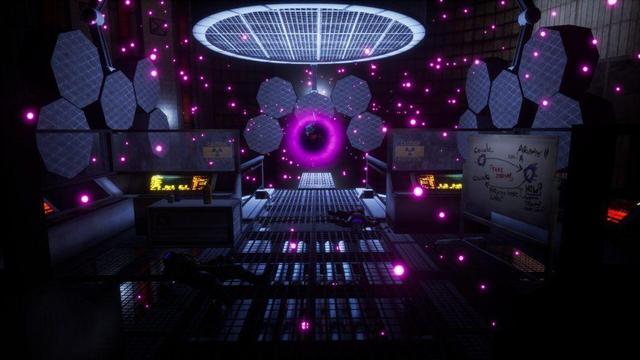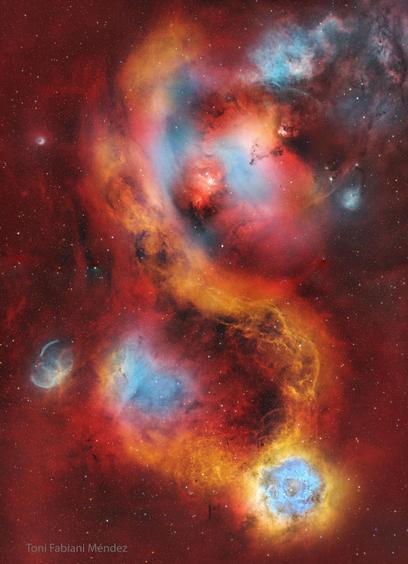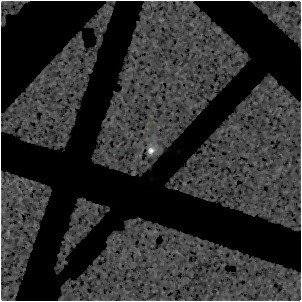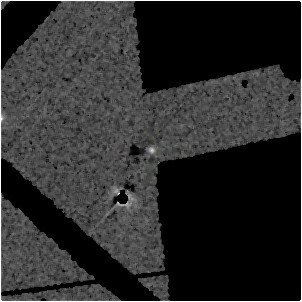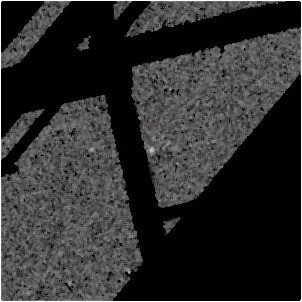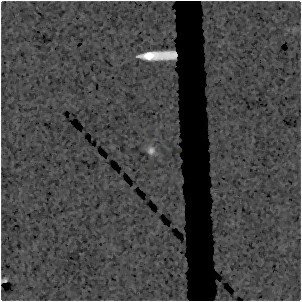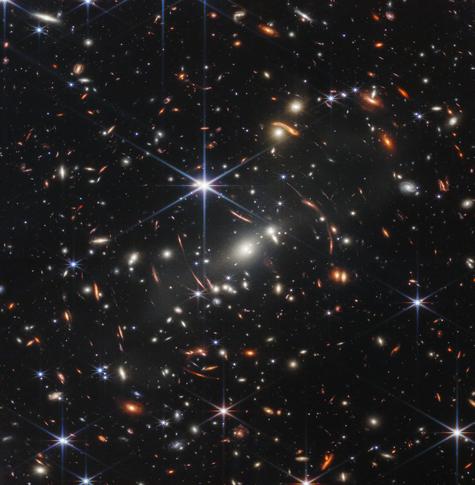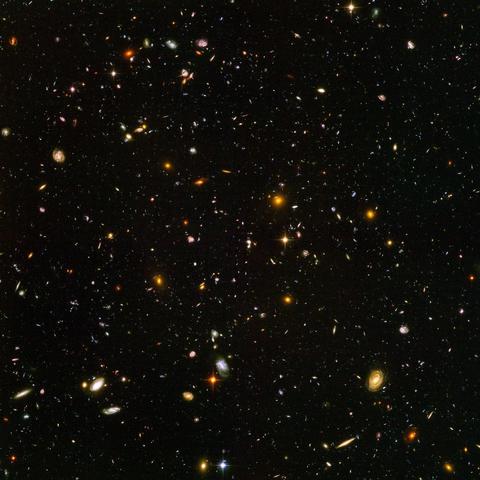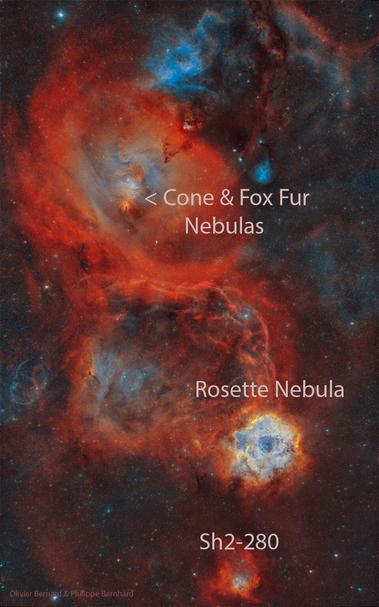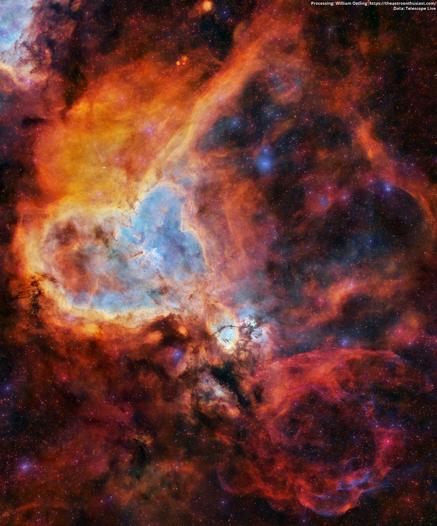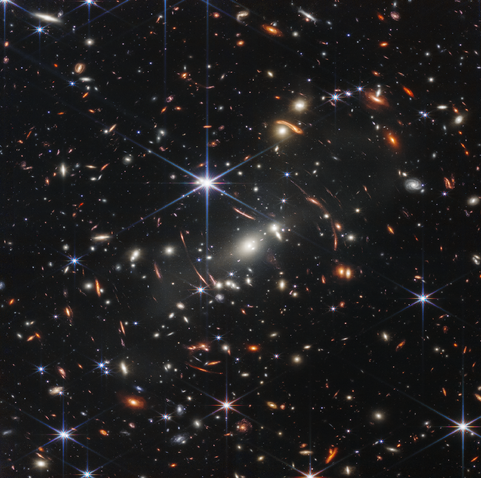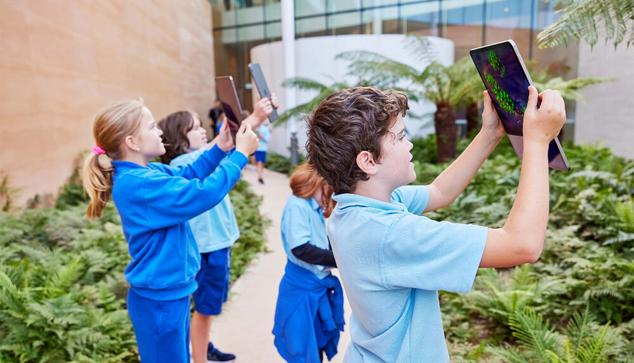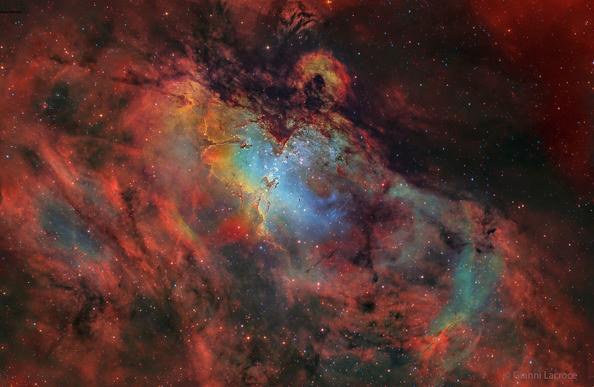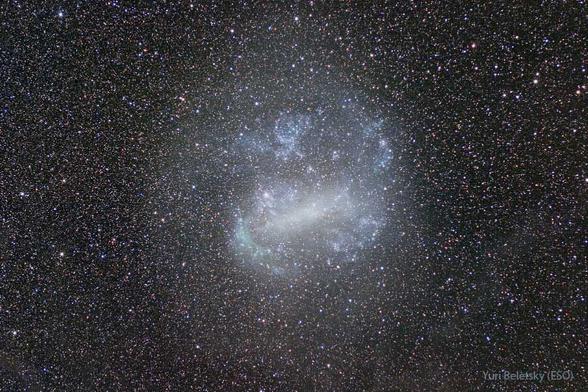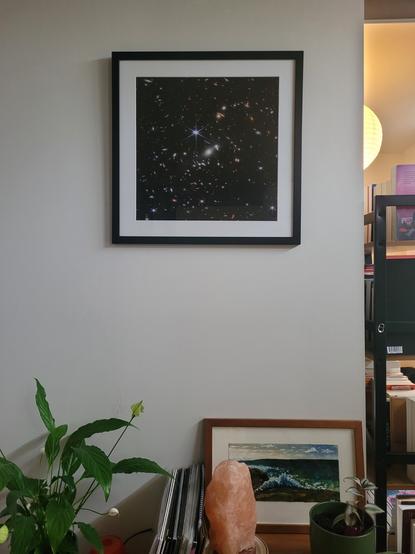Abiotic Factor Exits Early Access on July 22nd, Also Coming to PS5 and Xbox Series X/S
https://gamenews.ie/?p=41302 #abioticfactor #deepfield #game #gamepass #news #pc #playstack #playstationplusdeluxe #playstationplusextra #ps5 #videogame #xboxseriess #xboxseriesx - Follow Us! Like! Subscribe!
#DeepField
Astronomy is in good hands. Please read and share this excellent news story. 👇🏿🔭
In 2007, the Panoramic Survey Telescope And Rapid Response System (Pan-STARRS) began taking pictures of the night sky with the largest digital camera that had ever been built. 166 4k monitors worth of pixels per snapshot. The system was designed to gaze deep and wide to catch any signs of motion from asteroids zipping through the solar system. This setup also made it great at picking out manmade satellites. The US Air Force was interested enough in this prospect to fund most of the construction of Pan-STARRS, but with some strings attached. The images had to be passed through a processing pipeline that redacted sections of pixels where satellite trails were found. The Air Force’s heavy-handed algorithm left scientists with data full of crisscrossed swaths of dead space. I spoke with Gene Magnier, the lead of the data analysis system, and he mentioned some cases where up to 50% of the image would be lost to censoring, far worse than they had expected. Changes in funding and the persistent complaints from astronomers eventually put an end to the censoring, but Gene estimates that the project lost about a year of productivity.
I had heard this story but had never seen what the censored images looked like. All of the Pan-STARRS data was eventually reprocessed so you won’t find the censored images in the database today. Gene couldn’t find any examples himself but described what to look for. I eventually wiggled my way into a supernova detection catalog with Pan-STARRS data that Gene confirmed to contain censor lines. I hope these 100x100 cutouts you see here aren’t all we have left of this fascinating moment in the history of space imaging. If anyone has some Pan-STARRS data of a pre-2011 vintage, let me know.
#spacewalk #screenshotphotography #newmediaart #nasa #spaceart #deepfield #panstarrs
Compare with James Webb's Deep Field:
Deep Field: The Impossible Magnitude of our Universe (2018)
Grammy® award-winning American composer Eric Whitacre's symphonic work Deep Field was inspired by the world's most famous space observatory, the Hubble Space Telescope, and its greatest discovery - the iconic Deep Field image. The 2018 film - Deep Field: The Impossible Magnitude of our Universe - illuminates the score by combining Hubble's stunning imagery, including never-seen-before galaxy fly-bys
I'd really, really love an audio described version of the video for Eric Whitacre's Deep field. #DeepField #EricWhitacre #Audiodescription #Blind #NASA #Astronomy #Space
#Webb's First #DeepField
#Astronomy #Picture of the Day
Fly to Maisie's Galaxy in this 3D visualization of a small portion of the CEERS (Cosmic Evolution Early Release Science) Survey from #JWST.
We travel about 200 million light-years each second and see 200 million years further into the past.
The video ends at a galaxy, named in honor of the Principal Investigator's daughter. We see it as it was 390 million years after the Big Bang, or about 13.4 billion years ago.
More: https://webbtelescope.org/contents/news-releases/2023/news-2023-126
#Astronomy #Space #DeepField
AR-Bildungserfahrung „Deep Field“ weckt Kreativität bei Schüler:innen
Die australischen Künstler Tin Nguyen und Edward Cutting haben eine neue immersive Bildungserfahrung geschaffen.
Mit der Hilfe von iPad Pro und Ap
https://www.apfeltalk.de/magazin/news/ar-bildungserfahrung-deep-field-weckt-kreativitaet-bei-schuelerinnen/
#News #ApplePencil #AugmentedReality #Bildungserfahrung #DeepField #ImmersiveErfahrung #IPadPro #Kreativitt #KunstUndTechnologie #Schler #TinEd #Umweltbildung
Many people have seen #Hubble’s deep fields and wondered if #JWST will also observe them.
Several groups of researchers are doing deep field programs with JWST, and some of those surveys do overlap with deep fields taken by Hubble.
And finally, I have a direct(-ish) comparison to show you. Here are the Hubble and JWST images of the Hubble Ultra Deep field.
1/
Deep-Field-Aufnahmen: Die Faszination der Leere
#Astronomie #Astrophysik #DeepField #Fernfeld #Langzeitbelichtung #Hubble #JWST #Spitzer #Galaxien #Kosmologie #sdw-202303
You’ve been seeing a lot of amazing images of distant galaxies from the Webb Space Telescope lately. But let’s give a shoutout to the original deep field! In early 1996, astronomers unveiled Hubble’s view of a region of the sky that appeared empty to ground-based observatories. Within the image were hundreds of galaxies nearly four billion times fainter than the limits of human vision.
Explore the O.G. deep field here: https://bit.ly/3W6FS07
My partner gifted me this beautiful framed print of the first #DeepField taken by the #JamesWebbSpaceTelescope. It makes me feel like I'm peering into a portal into space. :space: :nasa:
Look at all of these adorable galaxies in this image from the #JWST Prime Extragalactic Areas for Reionization and Lensing Science (PEARLS) team!
We are seeing thousands of galaxies over an enormous range in distance, some not previously detected by Hubble or the largest ground-based telescopes. Light from the most distant galaxies in the image traveled almost 13.5 billion years to reach us.
More: https://webbtelescope.org/contents/early-highlights/webb-glimpses-field-of-extragalactic-pearls-studded-with-galactic-diamonds
#Astronomy #DeepField #Astrodon
Take a look at the #Webb #deepfield. In search of the earliest formed galaxies.
Webb Completes its First "Deep Field" With Nine Days of Observing Time. What did it Find? - Universe Today https://www.universetoday.com/159149/webb-completes-its-first-deep-field-with-nine-days-of-observing-time-what-did-it-find/
